Job Offers Abroad Aren’t Automatic: Understanding the Truth About Work Opportunities After Studies
Studying abroad is a popular dream for many students who seek global exposure and better career prospects. However, a common misconception is that simply completing studies abroad guarantees a job offer or easy immigration. The truth is more complex and requires planning, research, and realistic expectations.
Research Your Occupation’s Demand Abroad
Before choosing a country or program, research the demand for your occupation in that country. Different countries have varying labor market needs. For example, Canada, Australia, Germany, and the UK highly demand healthcare workers, IT specialists, engineers, and finance professionals. Knowing the sectors with skill shortages can increase your chances of employment after graduation. Use government labor market data and consult immigration criteria focused on occupations in demand.
Don’t Rely Solely on Agent Promises
Many students fall prey to agents promising guaranteed job placements after studies. These promises are often unrealistic. Agencies may help with paperwork, applications, or counseling, but job offers depend on your skills, job market conditions, and networking efforts. Always verify the agent’s credibility and focus on self-driven job search and building relevant skills.
Seek Jobs Related to Your Field of Study
To maximize your employment and immigration chances, prioritize finding jobs related to your education and specialization. Roles closely aligned with your qualifications improve your profile for work visa extensions or permanent residency applications. Taking unrelated jobs reduces your chances of qualifying for immigration pathways, especially in countries with strict skilled-worker immigration systems.
Understand a Postgraduate Diploma vs. a Master’s Degree
A Postgraduate Diploma (PG Diploma) is an advanced qualification but differs from a Master’s degree. Often lasting around one year, a PG Diploma focuses on practical and skill-based learning, while a Master’s usually involves research and is longer. PG Diplomas are sometimes treated as diploma-level qualifications after Grade 12 rather than a full Master’s degree and may offer limited post-study work and immigration benefits compared to Master’s degrees.
The Link Between Job Relevance and Immigration
Your immigration prospects largely depend on securing employment related to your field of study. Countries offering post-study work visas usually require graduates to get jobs in their study areas to transition from temporary permits to permanent residency. For example, Canada’s Post-Graduation Work Permit allows 1–3 years of work post-study, but applicants usually must work in skilled jobs to apply for permanent residency. Lack of job alignment can significantly reduce immigration chances.
Additional Points for Planning Study Abroad
- Plan Early: Research visa regulations, work permits, and post-study work rights for each country. Some offer longer post-study work durations favoring employment search.
- Develop Local Networks: Build connections with professors, alumni, and industry professionals. Networking often leads to job referrals.
- Gain Work Experience: Internships, part-time jobs, and cooperative education programs related to your study aid skill development and resume building.
- Understand Cultural Adaptation: Adjusting well to the work culture and local environment improves job retention and career growth abroad.
- Budget for Job Search Period: Be financially prepared for some months without income post-graduation while seeking relevant employment.
Studying abroad opens doors but does not automatically secure a job or immigration status. Careful preparation aligned with the country’s demand, your field, and realistic goals is key to leveraging your international education for career success.
The author of this article is Mr. Prashant Ajmera, an Indian immigration lawyer and Canadian citizen. He is the founder of Ajmera Law Group and the author of two books, “Millionaires On The Book” and “How to Plan for Your Child’s Foreign Education.” Over the past 30 years, he has assisted and advised over 30,000 students and families on planning their foreign education and settlement. He regularly speaks at various forums on this subject.
Ajmera Law Group: Mo: +91 9974253030 | info@ajmeralaw.com | www.ajmeralaw.com |https://ajmeralaw.com/


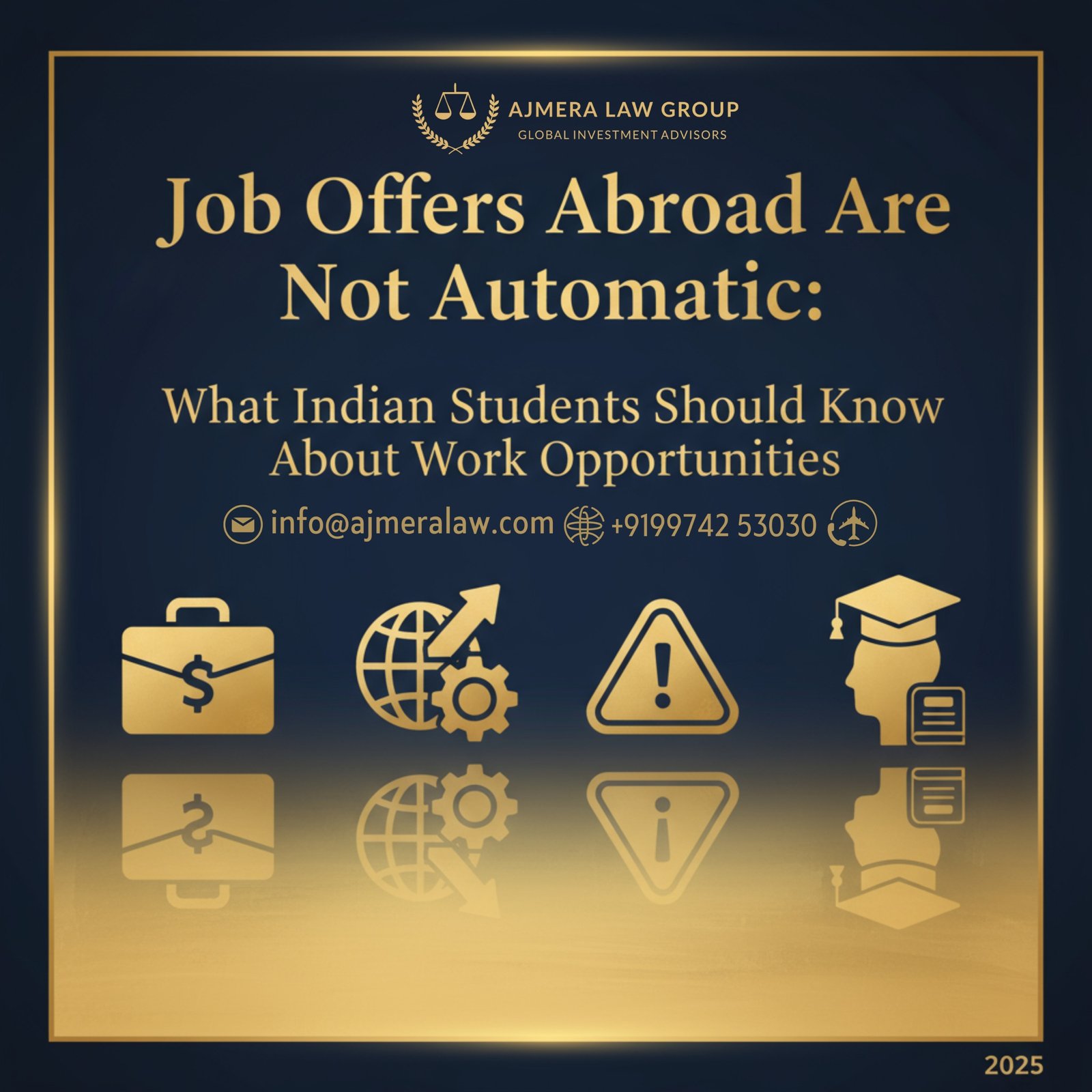
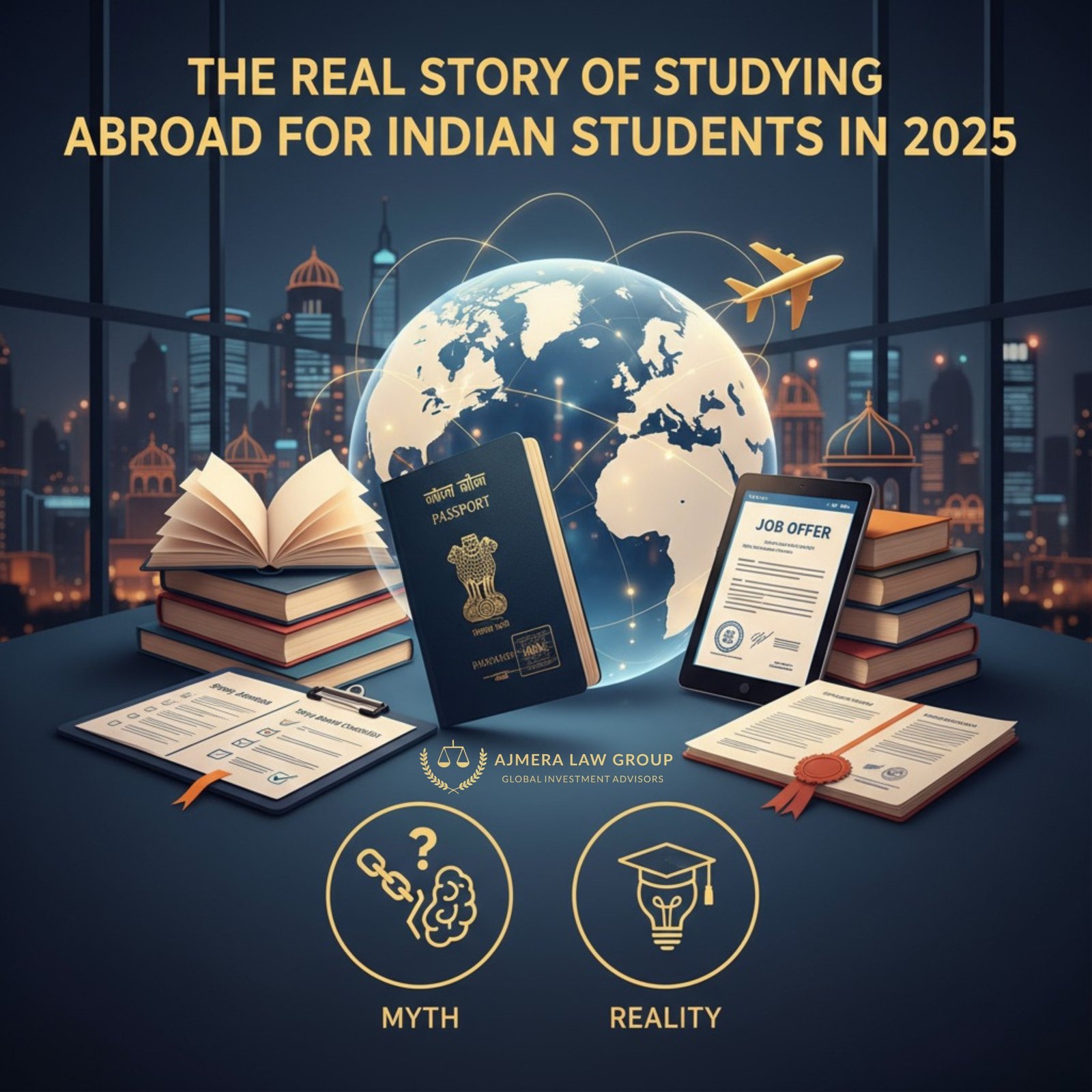
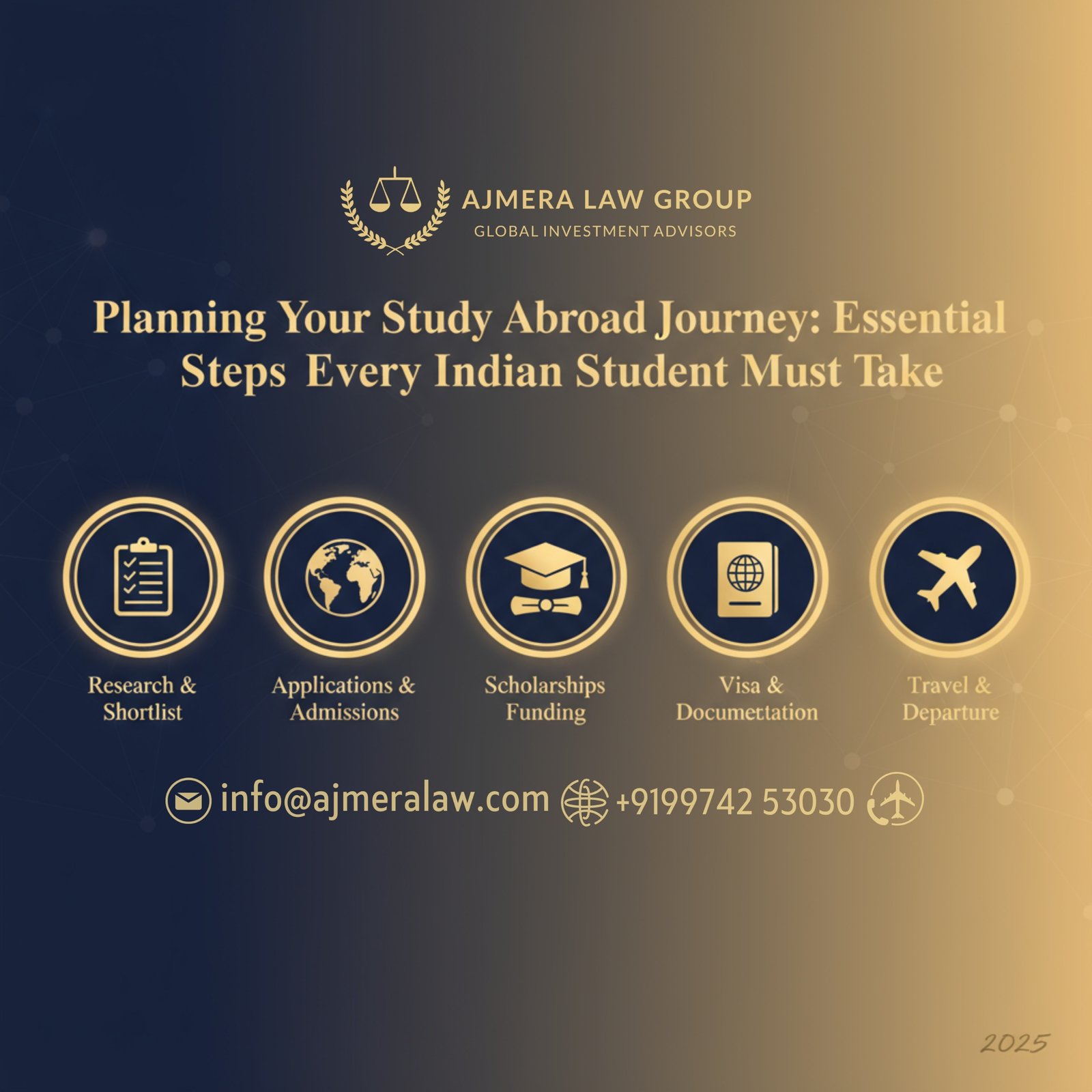
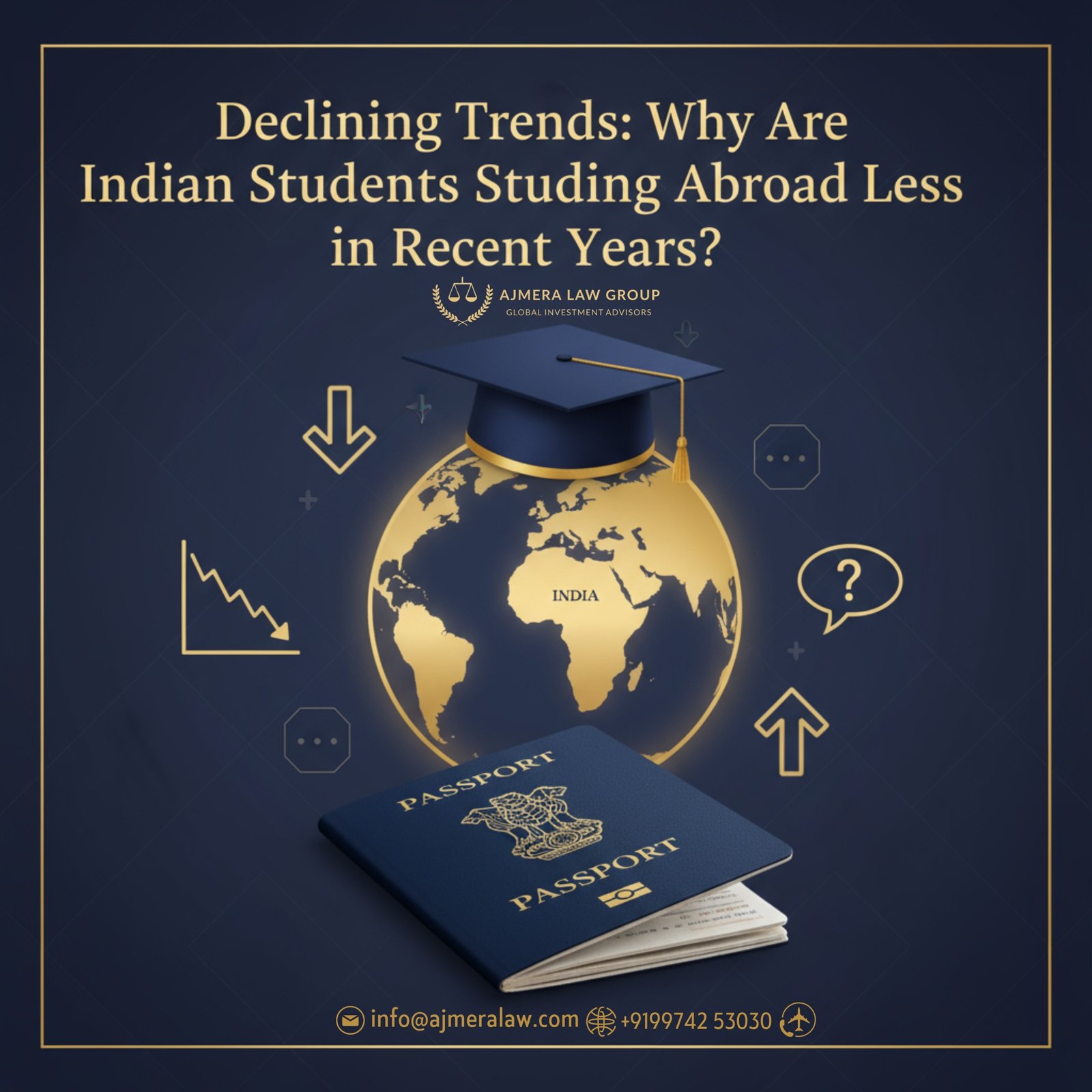
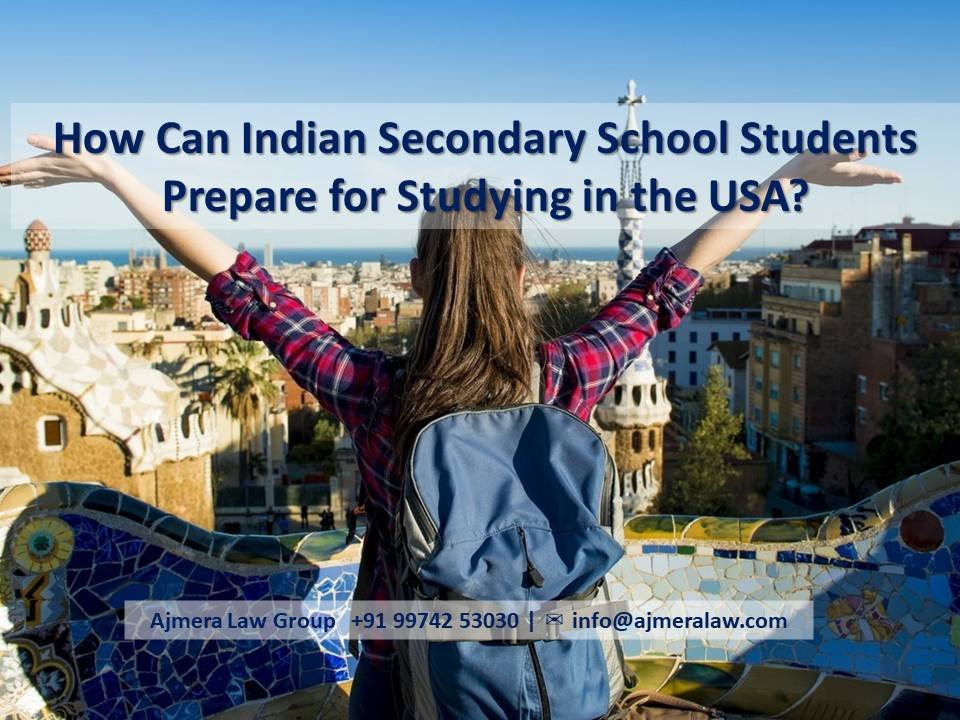
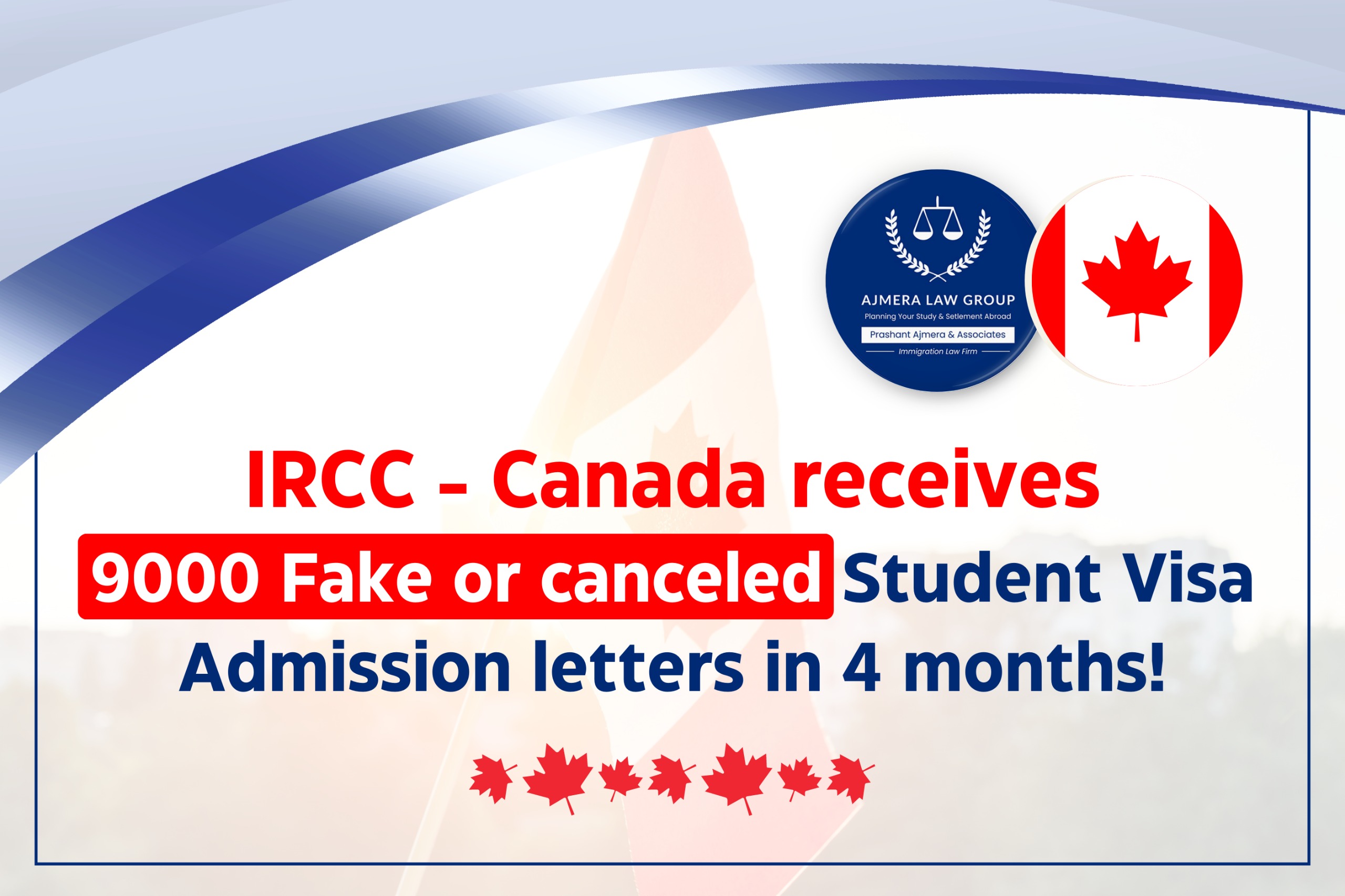
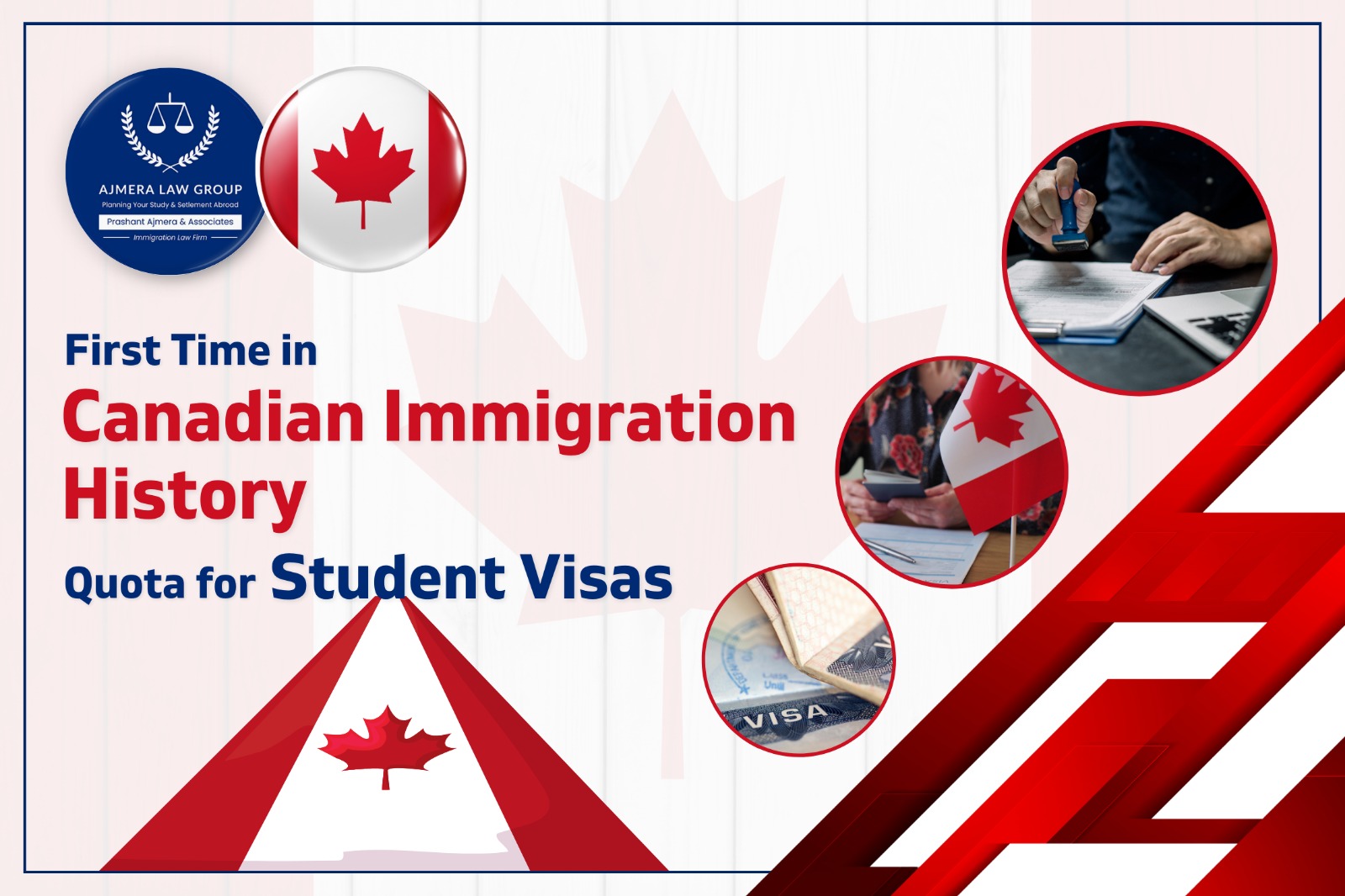
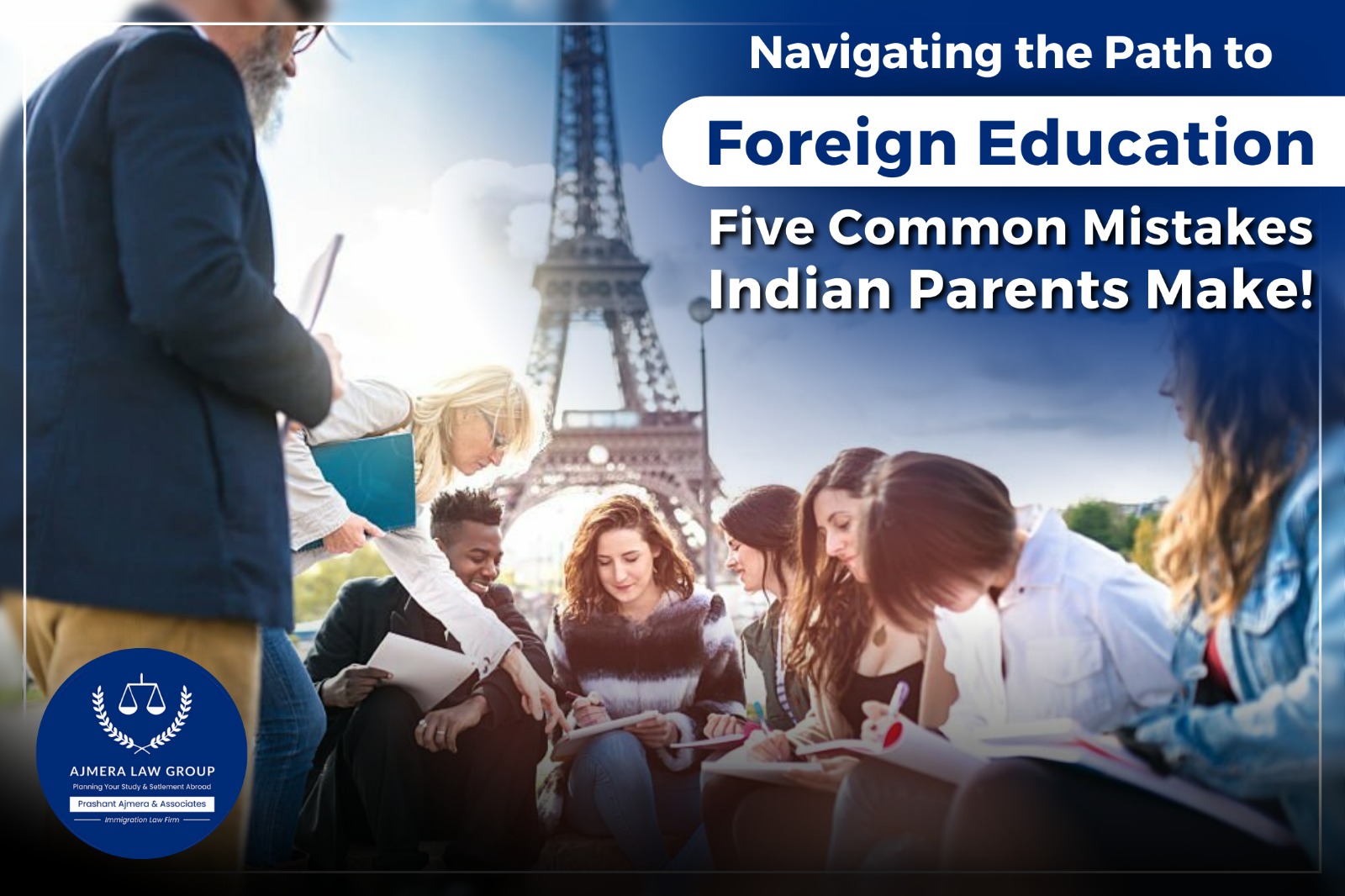
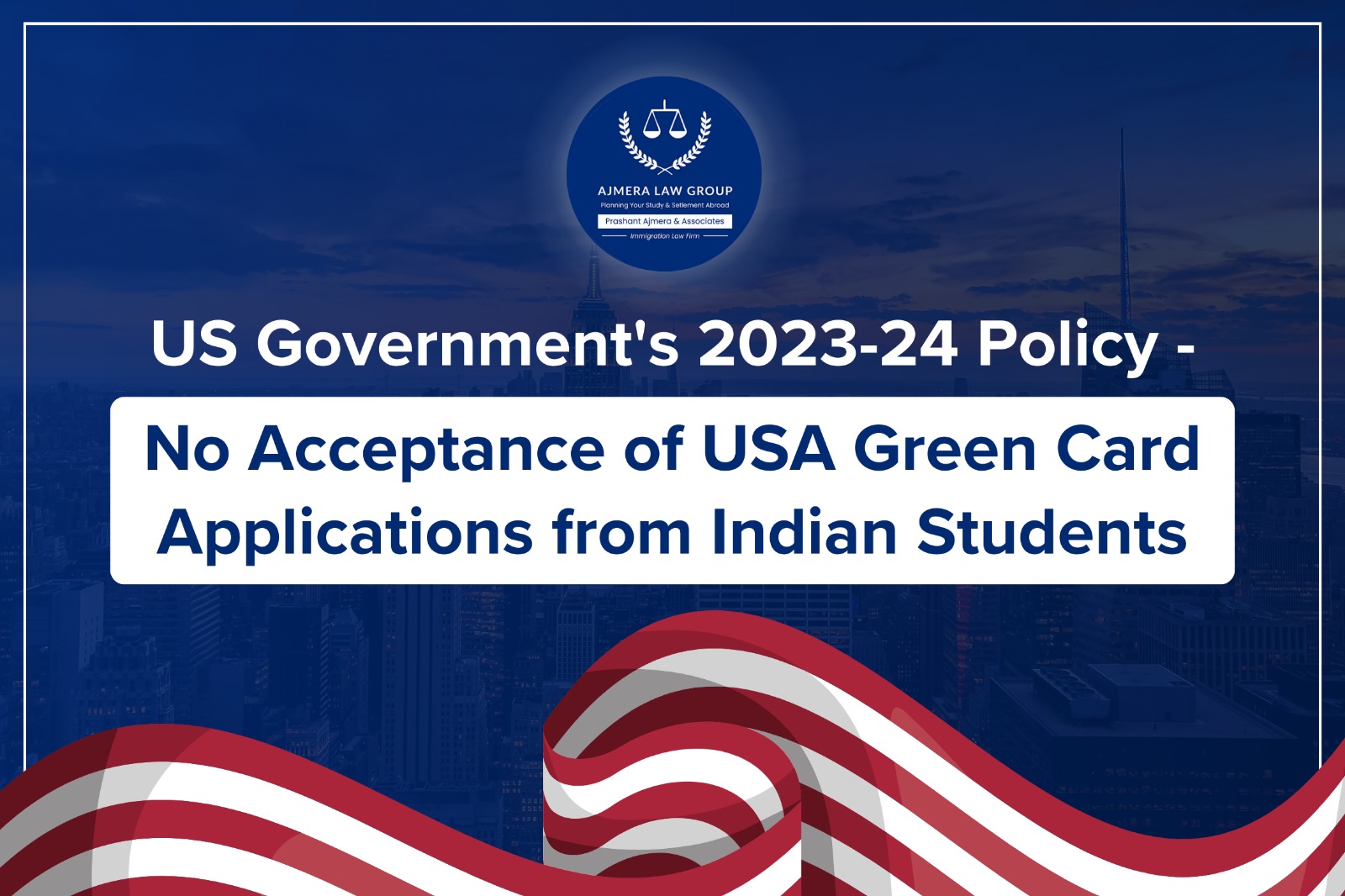
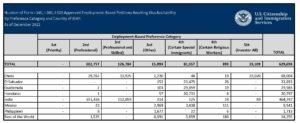
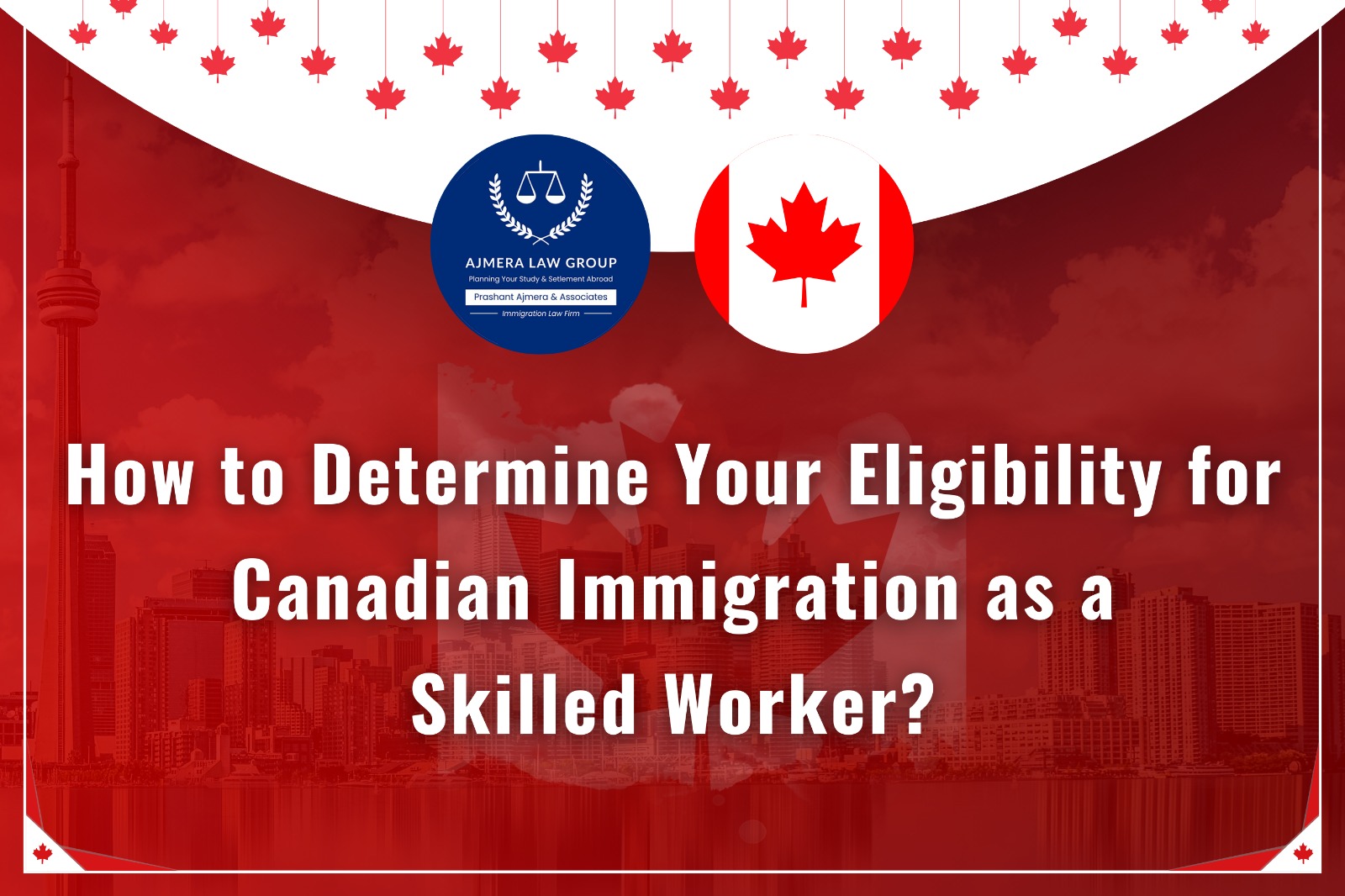
Securing admission to a top university in the USA requires early preparation and strategic planning. 🌎A great way to start is by participating in **teen-focused travel and learning programs**, especially during summer vacations.
These programs provide exposure to the American education system, enhance academic and cultural knowledge, and build personal development skills. 💼🎓
### 🔑 **Key Features of Teen Travel and Learning Programs**
1️⃣ **Cultural Immersion**: Experience local traditions, language, and activities like cooking classes, crafts, and festivals. 🎭🍳